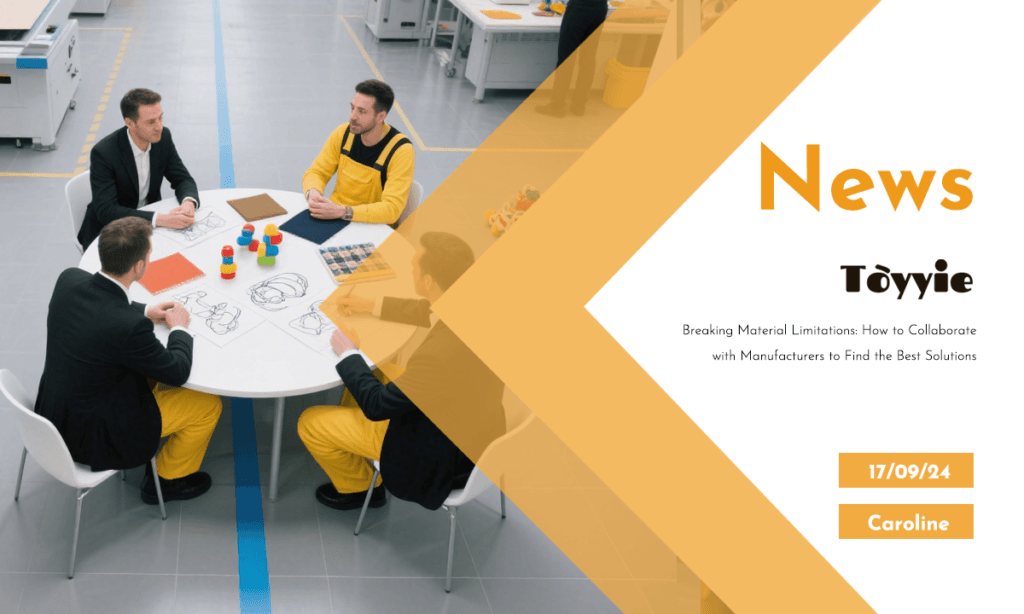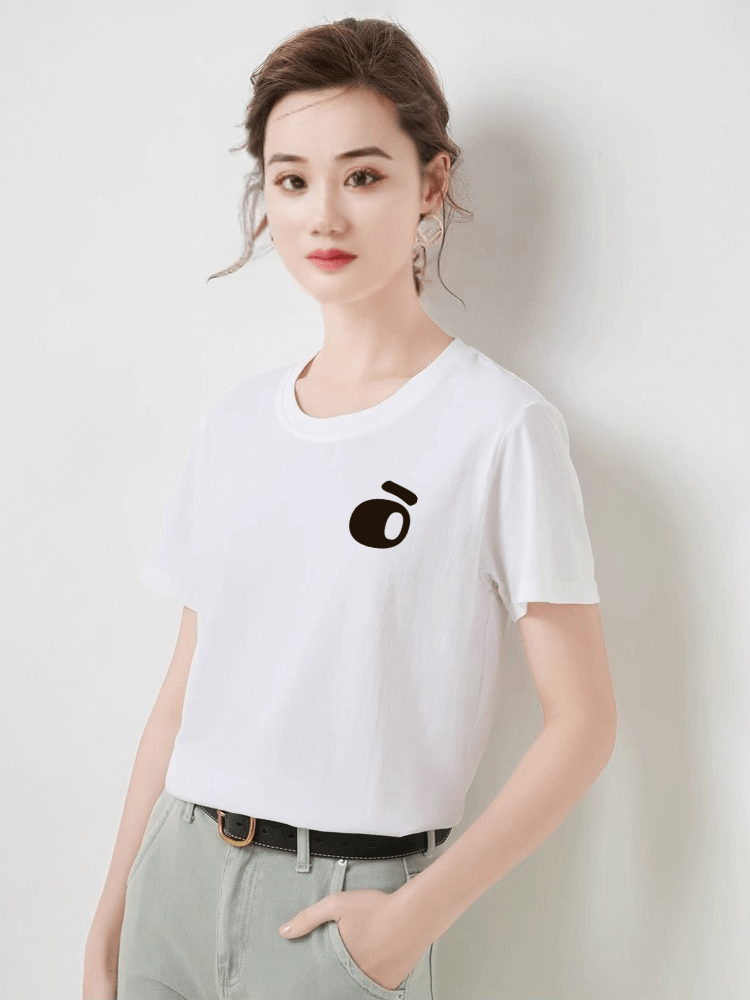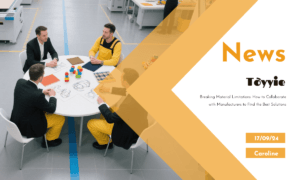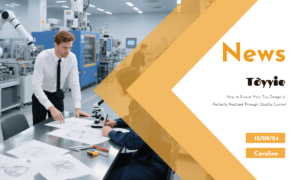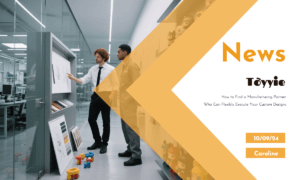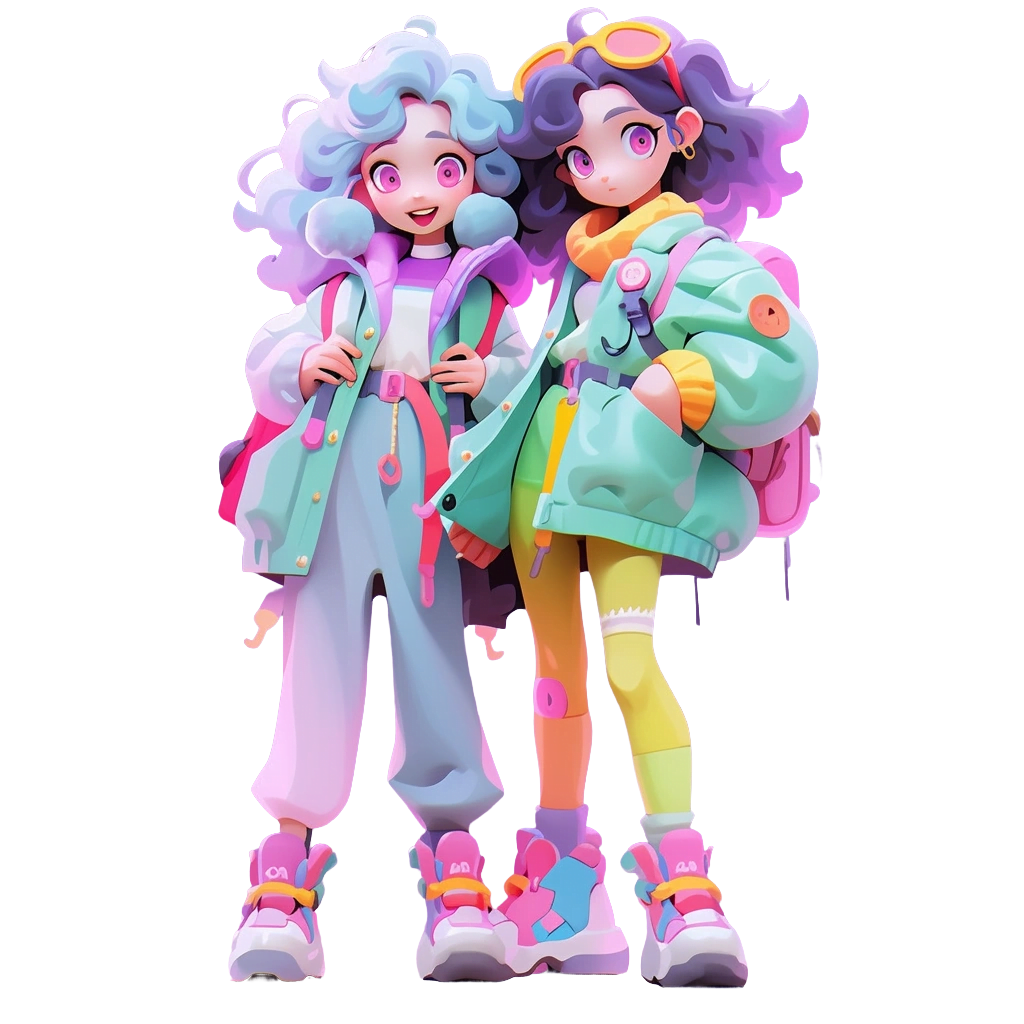Understanding the Manufacturer’s Perspective 🎯
Let’s start by looking at things from the manufacturer’s side. When a designer comes to us with a concept, our goal is to translate that vision into a tangible product. However, every material comes with its own set of properties, advantages, and limitations. For instance, certain plastics might offer the perfect finish but may not be suitable for complex shapes or detailed designs. On the other hand, metals might provide the durability you’re looking for but could significantly increase production costs and weight, affecting both manufacturing and shipping.
This is where communication becomes key. It’s essential for designers to have an open dialogue with their manufacturers right from the start. By understanding the material options available and discussing the pros and cons of each, you can make informed decisions that balance your design aspirations with practical manufacturing considerations.
Exploring Alternatives 🔍
One of the most common issues we encounter is when a designer has a specific material in mind, but that material isn’t the best fit for the product due to cost, availability, or technical challenges. In these cases, it’s crucial to explore alternatives. For example, if a certain type of plastic doesn’t provide the desired strength or finish, we might suggest a composite material that offers similar aesthetics with better durability. Similarly, if weight is a concern with a metal component, we might look into metal-coated plastics that give the appearance and feel of metal without the associated drawbacks.
As manufacturers, we pride ourselves on being problem-solvers. Our role is not just to produce what you ask for but to work with you to find the best possible solution. Sometimes, that means suggesting materials you may not have considered or proposing slight design modifications that allow us to use a more suitable material.
Prototyping and Testing 🧪
Once a material has been chosen, the next critical step is prototyping. This is where we can truly see how the material performs in the context of the full design. During this phase, we may need to go through several iterations, testing different materials or combinations to find the one that best meets your needs. It’s a collaborative process, and while it may take time, it’s invaluable in ensuring the final product meets both your expectations and industry standards.
For example, we worked with a designer who initially wanted to use a particular type of resin for a line of collectible figures. The resin had the right look and feel, but during prototyping, we discovered it was prone to cracking under stress. After several discussions and tests, we switched to a slightly different resin blend that maintained the visual appeal but offered much better durability. The result was a product that not only looked great but also held up well in the hands of collectors.
Balancing Cost and Quality 💰
Cost is always a significant factor in material selection. As much as we all want to use the highest-quality materials, budget constraints are a reality for most projects. That’s why it’s essential to strike a balance between cost and quality.
When we discuss materials with designers, we often explore a range of options at different price points. Our goal is to find a material that achieves the desired effect without exceeding the budget. In some cases, this might mean using a more expensive material for key elements of the design while opting for more affordable options elsewhere. For instance, a high-end vinyl might be used for the main body of a figure, while less expensive plastics are used for internal components that aren’t visible.
Transparency is crucial here. We make it a point to discuss costs openly with our clients, helping them understand where their money is going and how different choices impact the overall budget. By working together, we can often find creative solutions that allow you to achieve your design goals without breaking the bank.
Sustainability Considerations 🌱
In today’s market, sustainability is becoming increasingly important. Many designers and brands are looking for ways to make their products more eco-friendly, and material choice plays a significant role in this. Fortunately, there are now more options than ever for sustainable materials, from biodegradable plastics to recycled metals.
When sustainability is a priority, we collaborate closely with designers to identify materials that meet their environmental goals without compromising on quality or aesthetics. This might involve sourcing recycled materials, selecting biodegradable options, or even developing custom blends that meet specific sustainability criteria.
One memorable project involved a designer who wanted to create a line of toys using only eco-friendly materials. It was a challenging request, as we had to balance the need for durability with the desire to minimize environmental impact. After extensive research and testing, we settled on a combination of recycled plastics and natural fibers that met both the designer’s aesthetic and sustainability goals. The final product was not only environmentally friendly but also stood out in the market for its unique material composition.
Final Thoughts 💡
As a toy manufacturer, our goal is to bring your designs to life in the best possible way. Material selection is a critical part of that process, and it’s one that requires close collaboration between designers and manufacturers. By understanding the limitations and possibilities of different materials, exploring alternatives, and working together through prototyping and testing, we can overcome material challenges and create products that truly reflect your vision.
Remember, the key to success lies in communication and collaboration. The more we understand your goals and constraints, the better we can help you find the perfect material solutions. So let’s work together to break down those material limitations and create something extraordinary.
If you’re a designer facing material challenges in your current project, don’t hesitate to reach out. We’re here to help, and we’re excited to explore the possibilities with you.

